Sourdough Cinnamon Raisin Loaf
Recipes
Recipe by Kerenza De Freitas. Impress all your guests with this Sourdough Cinnamon Raisin Loaf! Made with our organic Einkorn Flour, sourdough starter (order Jovial Einkorn Sourdough Starter here or create your own!), butter, sugar and raisins, this loaf is a delicious and hearty breakfast idea you'll feel good about serving. Its cinnamon sugar filling adds...
Sourdough Cinnamon Raisin Loaf
Ingredients
For the Dough:
- 480g (4 cups) All-Purpose Einkorn Flour
- 260g (1 cup) water
- 90g (¼ cup plus 1 tablespoon) active sourdough starter
- 42g (3 tablespoons) softened butter
- 30g (2 tablespoons) sugar
- 12g (2 teaspoons) salt
- 80g (½ cup) raisins
- 1 egg for egg wash
For the Cinnamon Sugar Filling:
- 12g (1 ½ tablespoons) cinnamon
- 24g (2 tablespoons) sugar
- 4g (1 teaspoon) All-Purpose Einkorn Flour
Instructions
- In a large bowl, add the flour, sugar, and salt. In a small bowl mix and dissolve the starter in the water. Add the liquid to the flour mixture and mix using a dough whisk or fork until you can’t mix anymore. Continue to bring together with your hands until a shaggy dough forms.
- Knead the softened butter into the dough using your hands until it is all absorbed. Continue to knead until it forms a smooth dough ball. This may take 2-4 minutes.
- Cover the bowl and let the dough rest for 30 minutes.
- After 30 minutes, perform the first stretch and fold. Add the raisins on top of the dough. Lightly wet your hands and scoop underneath one end of the dough. Pull the dough upwards and fold it over to the opposite end. Turn the bowl and repeat this stretch and fold until all four sides are completed and the raisins are folded in. Cover the bowl and let the dough rest for another 30 minutes. The raisins will continue to be folded in with each stretch and fold.
- After 30 minutes, perform the second stretch and fold as you did the first time and repeat one more time, for a total of 3 stretch and folds.
- After the final stretch and fold, cover the bowl and allow the dough to ferment at room temperature for 8-10 hours.
- Line or oil a 9x5 inch loaf pan with parchment paper.
- Lightly flour your work surface. Empty the dough onto the work surface using a bowl scraper. Flatten the dough just a little bit with your fingers and pre-shape the dough by folding a few times. Pull one side of the dough up and over towards the opposite side, repeating on all sides. Repeat this 3-5 times. Use a dough scraper to help as the dough may stick.
- After the last fold, let the dough rest for 5 minutes while you prepare the egg wash and cinnamon sugar filling.
- Whisk the egg with a splash of water in a small bowl. Combine the cinnamon, sugar, and flour in a separate small bowl.
- Lightly oil your work surface and use a rolling pin to roll the dough out to a 6x20-inch rectangle. Brush the dough with the egg wash leaving a ½ inch border around the dough and spread the cinnamon sugar filling evenly on top.
- Tightly roll the dough into a log shape. Pinch the ends to seal and tuck underneath.
- Transfer the dough to the loaf pan seam side down. Use a dough scraper to help lift the dough for an easier transfer. You can flour around the dough a bit if it starts to stick.
- Preheat the oven to 425° F. Let the dough rise for 2 hours OR until the middle reaches ½ inch above the rim of the pan.
- When the dough has risen, score 2-3 cuts on top using a sharp razor, knife or bread lame. Place the pan in the oven and lower to 375° F. Bake for 40 minutes. Remove the loaf from the oven and allow the bread to cool in the pan for 10 minutes, and then transfer to a cooling rack to continue to cool for 2 hours before slicing.
Notes:
Baker’s Schedule Option 1: Mix your dough the night before and allow to ferment and rise for 8-10 hours. Shape in the morning and final rise for 2 hours then bake.
Baker’s Schedule Option 2: Mix your dough in the early morning and allow to ferment and rise for 8-10 hours during the day. Shape in the evening/night and final rise for 2 hours then bake.
- Feed your starter and use within 12 hours of mixing your dough.
- Dough rise and fermentation is very dependent on the temperature of your environment. If it is very warm, the dough will rise and ferment quicker and will take a bit longer if it is cold. It is best to look for the signs of dough readiness. When the dough has risen and is puffy, the edges are pulling away from the sides of the bowl, there is a bit of a dome towards the middle of the dough, and some bubbles or tiny holes are present on top of the dough, then it is ready to be shaped.
- The dough will be over-fermented if it is left too long at room temperature. The dough will be sticky around the edges of the bowl rather than pulling away, the center of the dough will appear sunken and the dough will be more wet and sticky. There may be many tiny bubbles and holes present on top of the dough.
- Do not let your dough final rise too high in the pan. The middle of the dough should reach ½ inch above the rim of the pan. If it rises too high and gets puffy this can result in gapping.
- Scoring the dough before baking can help the bread rise more evenly.
- The final rise time may take less than 2 hours depending on how warm your environment is. When the middle of the dough has risen ½ an inch above the rim of the pan it is ready to bake.



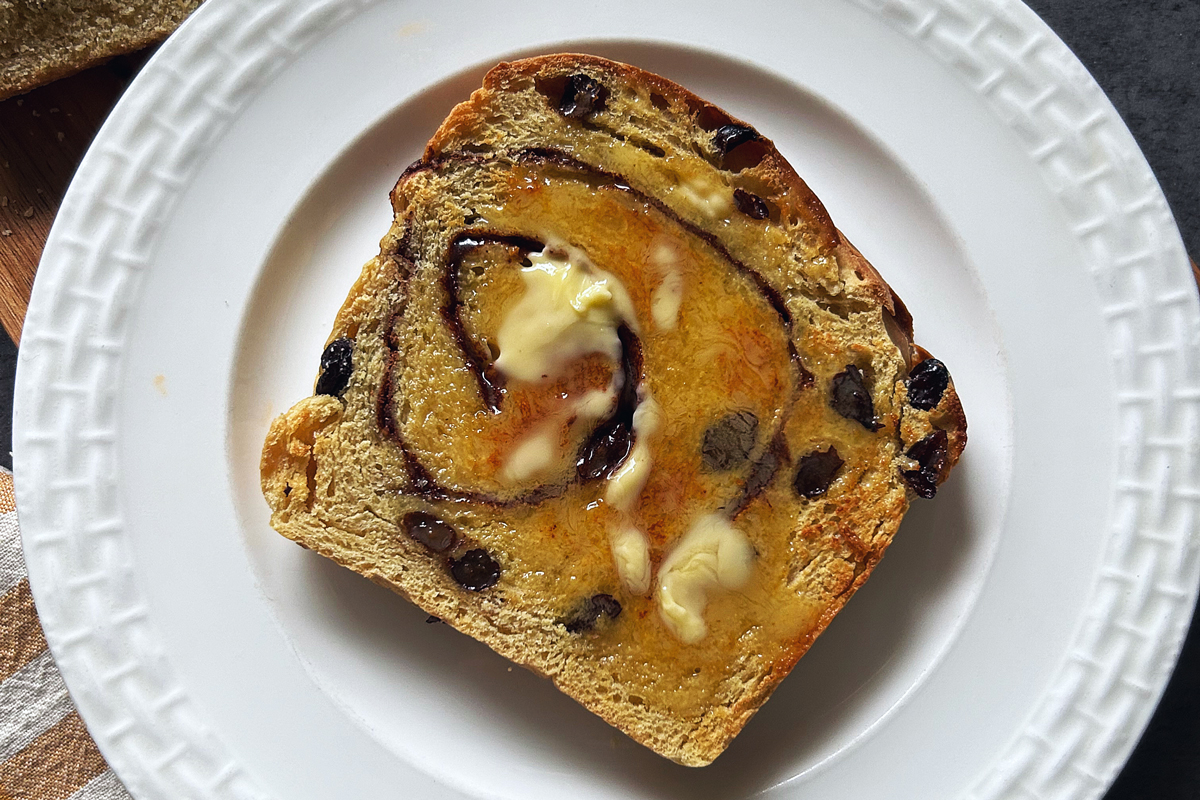
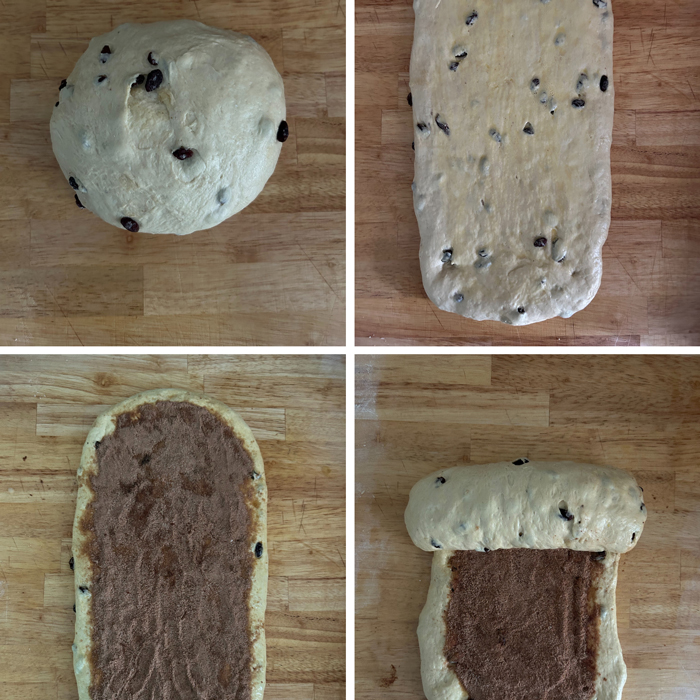
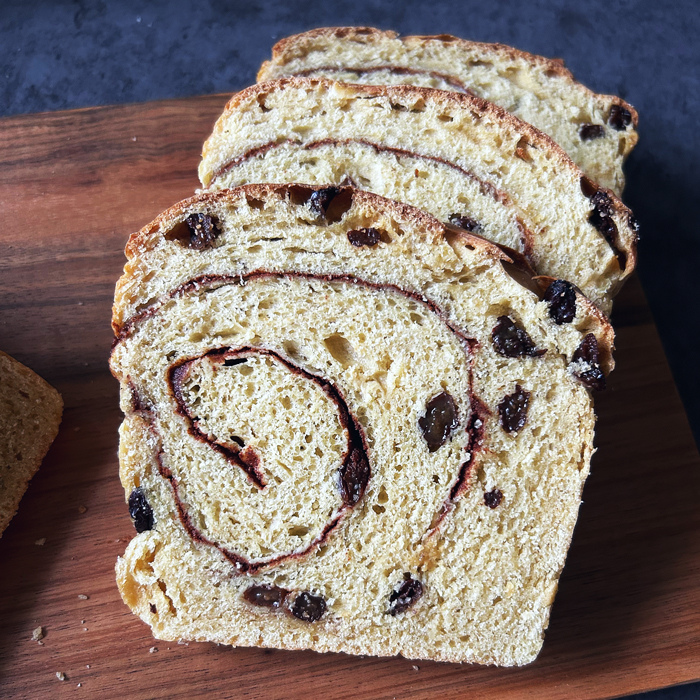


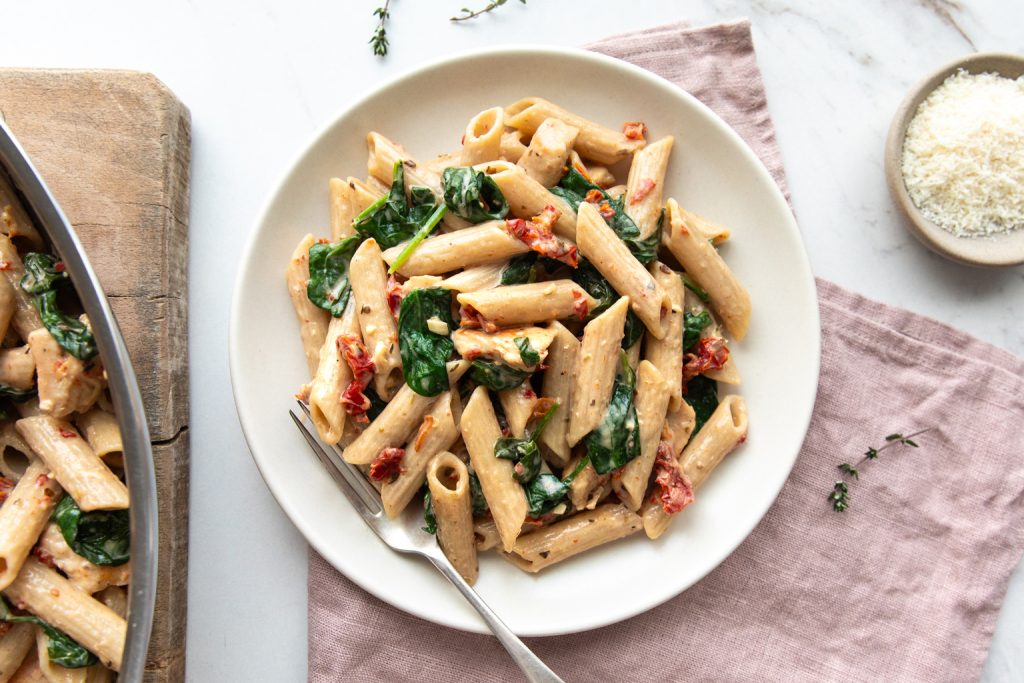
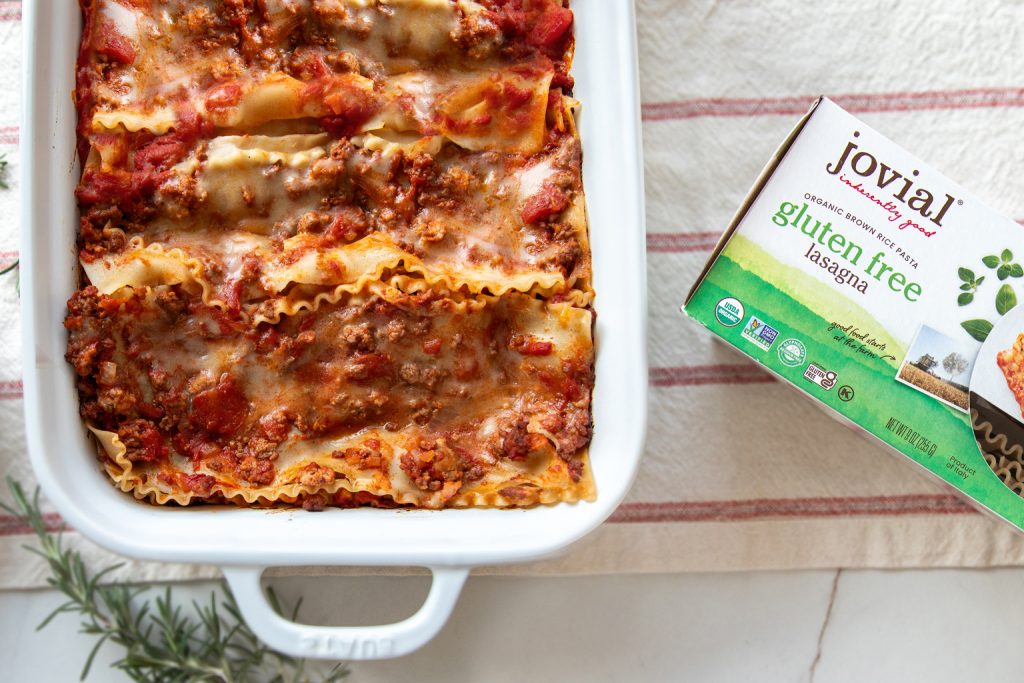
1 Comment